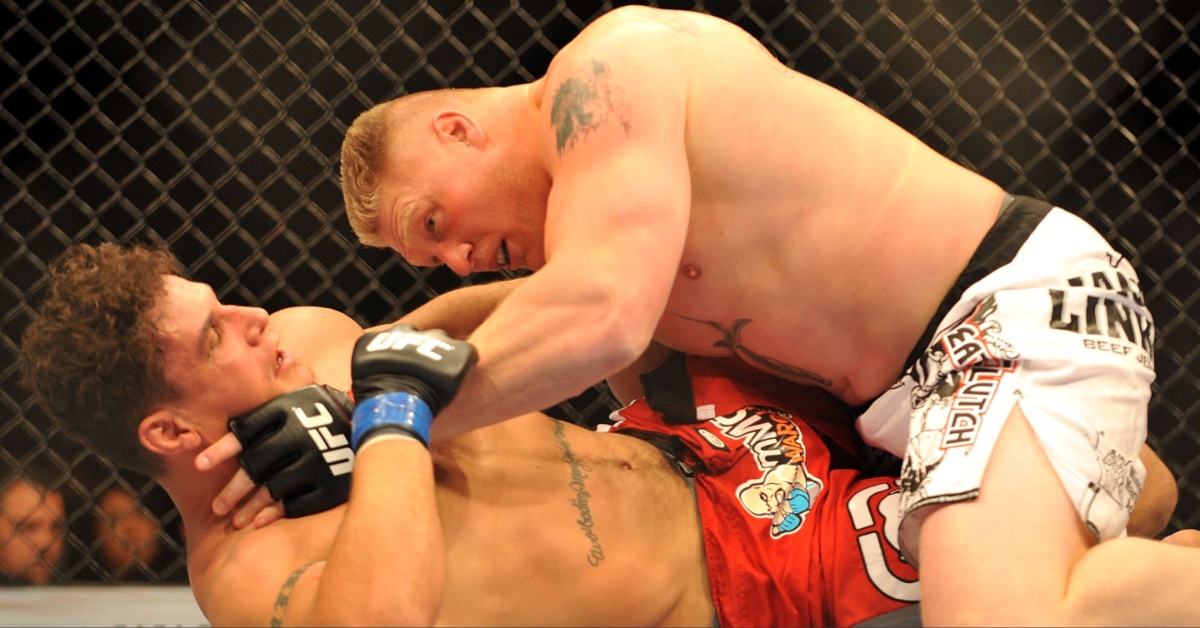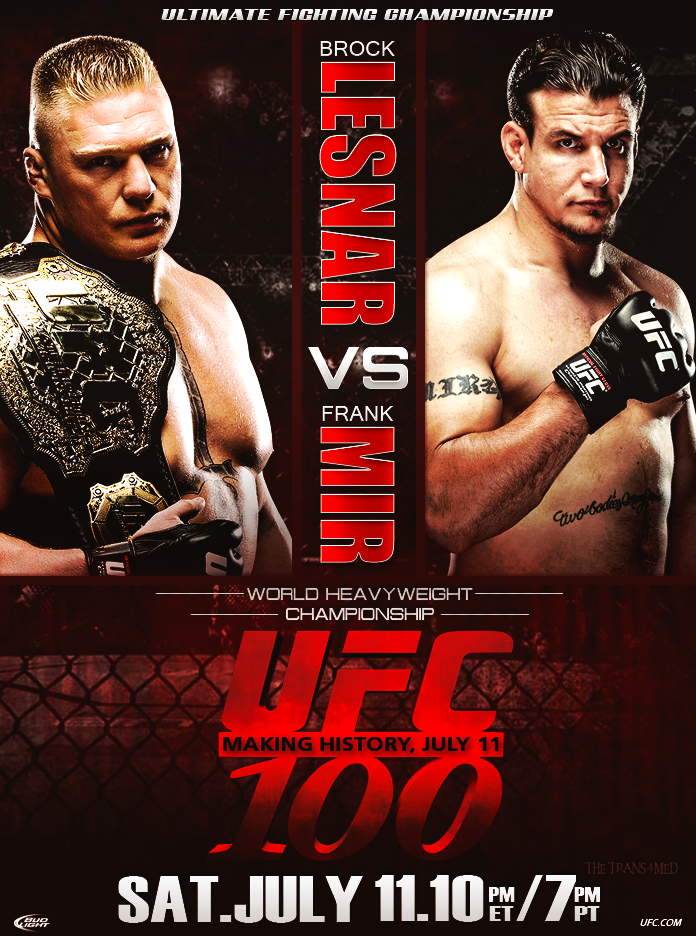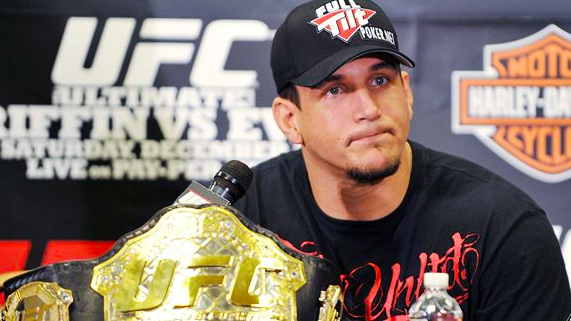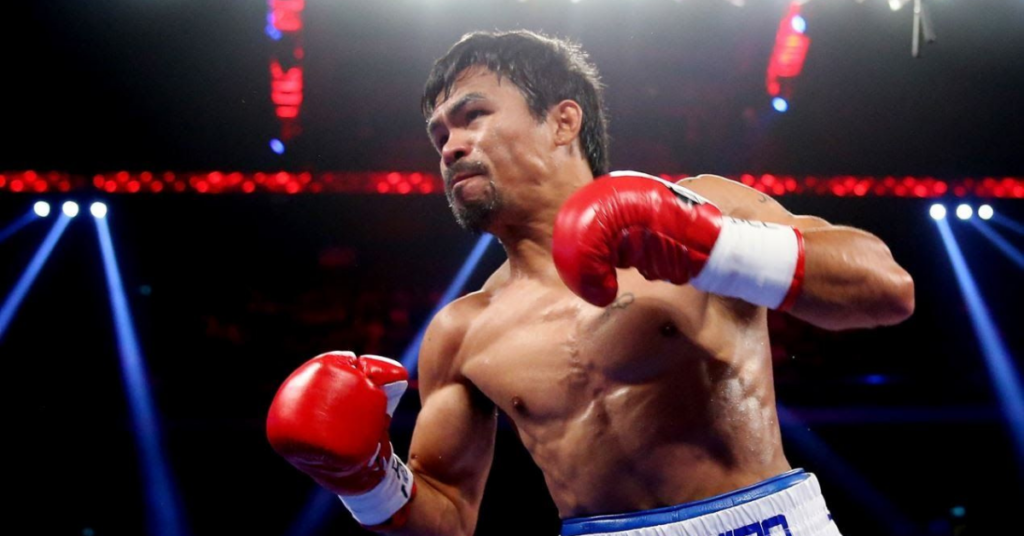Years later, Frank Mir realizes how horribly underpaid he was for his UFC 100 fight with Brock Lesnar

Frank Mir headlined one of the highest-grossing events in UFC history and was left with little to show for it.
Emanating from the Mandalay Bay Events Center on July 11, 2009, the promotion delivered its first centennial event, UFC 100, featuring a blockbuster heavyweight championship main event pitting division staple Frank Mir against WWE Superstar turned MMA fighter Brock Lesnar. Selling 1.6 million pay-per-views, it was the biggest event in UFC history at the time and still holds strong as the promotions’ fifth biggest seller.

With premium cards costing $44.95 at the time, the event produced $71 million in revenue which was ultimately split in half with cable providers, leaving the UFC with roughly $35 million. Mir’s reported purse for headlining the historic event was a meager $45,000 — a little more than 10% of Lesnar’s $400,000. This was before pay-per-view bonuses were factored in.
Mir ultimately walked away with a sum that was still below the $1 million mark. In fact, Mir never once cleared seven figures during his 15-year run with the promotion, making him one of the most underpaid fighters in UFC history. By the time he realized what was going on, it was too late.
“I think when it finally dawned on me was the Deontay Wilder [rematch] with Tyson Fury,” Mir told MMA Fighting. “We still did more buys than they did, me and Brock, and then I’m looking at the pay-per-view cost. OK, the money was there. Who did it go to? Seeing these guys make $40 million combined. I’m like wow. Brock obviously made seven figures off it, I think he made $2.5 million. But I didn’t even make a million.”

The Wilder-Fury fight generated roughly half of the buys that UFC 100 did, hovering in the area of 800,000 to 850,000. But with a price tag of $79.99, the event brought in $66 million. Wilder and Fury were both guaranteed to walk away with upwards of $25 million apiece on top of a share of the PPV revenue. A far cry from what Mir and Lesnar earned for their big-money rematch.
“Brock himself, a much bigger superstar than [Fury or Wilder],” Mir said. “How come he wasn’t making $20 million? That blows my mind, and I don’t understand it. “Until Conor [McGregor] came along, we had the record for the most pay-per-view buys sold.”
Frank Mir Hopeful that his daughter will fare better in the fight game than he did
Looking back, Frank Mir is understandably frustrated by the pitiable purses he had received, but the reality is that the former heavyweight titleholder simply didn’t know what kind of money the UFC was bringing in at the time. Years later, he recognizes that his lack of knowledge and understanding proved to be a costly lesson in an otherwise stellar career.
“At the time, I didn’t know better,” Mir said. “We didn’t know. Just now as time goes on, I’m looking around like, hold on a second, that makes no sense. A pay-per-view buy is a pay-per-view buy. Why is this sport paying their athletes this percentage of what they’re making versus this one? It’s the pretty same makeup. This isn’t two wildly different sports, boxing and MMA. They’re very comparable when it comes to putting up a cage or a ring, so it’s not like the costs are different.
“So what’s the difference here? Oh, that’s because you have competing promoters, and they know what’s going on, and you can’t screw each other. In the UFC, it’s the only promoter. In MMA, the show is the only promoter. It’s not like we’re going to have a Bellator fighter and a UFC fighter, and they’re both on the card, so both organizations know what they’re going to get their guy, because they both understand the revenue models. They understand what’s going on. They’re not speaking from ignorance.”

The issue of fighter pay is still a contentious topic in the world of mixed martial arts. Particularly in the UFC where the promotion typically shares a paltry 15-17% of its revenue with fighters — a downright pathetic percentage when you consider that leagues like the NFL, MLB, NHL, and NBA regularly share 50% of their revenue with athletes, give or take.
Of course, fighters today make more money now than during Mir’s heyday. Knowing that helps the former heavyweight sleep a little better at night as his daughter Bella is prepared to follow in her father’s legendary footsteps.
“I’m not as uneasy about it,” Mir said. “Before, it was like I don’t know that many people who do MMA and don’t still have to do something afterward. Myself included. Doing commentary, working for different groups and organizations. There’s a reason why I’m busy. To know she can make a career and a living off it too, it makes that pill a little easier to swallow.
“As the father in me, I’m like OK, she’s going to be millionaire at least. I’m not as scared about it as I was before. Because you have the risk of injury, and you’re not going to be pursuing other endeavors in life that could take care of you financially, and you’re going to sacrifice that to follow this fight career, and then you’re going to be behind when you go into those careers.
“For what? For personal gain, for martial arts and pushing yourself is awesome, but as a father, it’s like what about your bank account? Your security. Are you going to be able to take care of yourself? At the time, I was terrified. Now, not so much. It’s a better world now than when I was there.”







